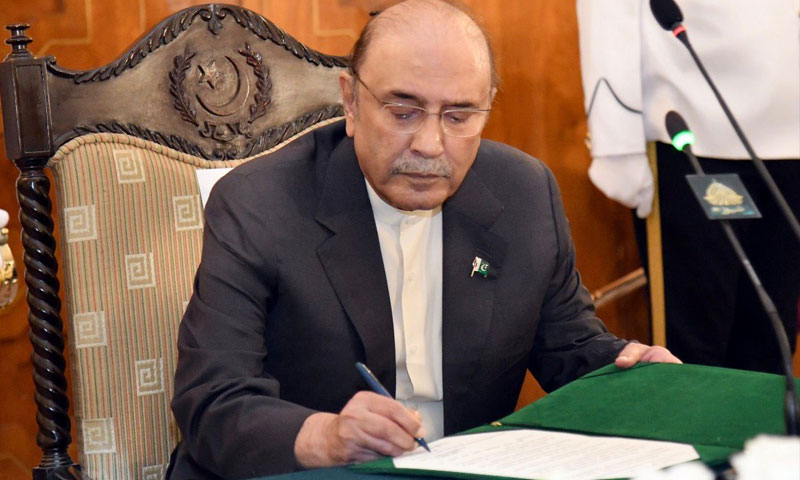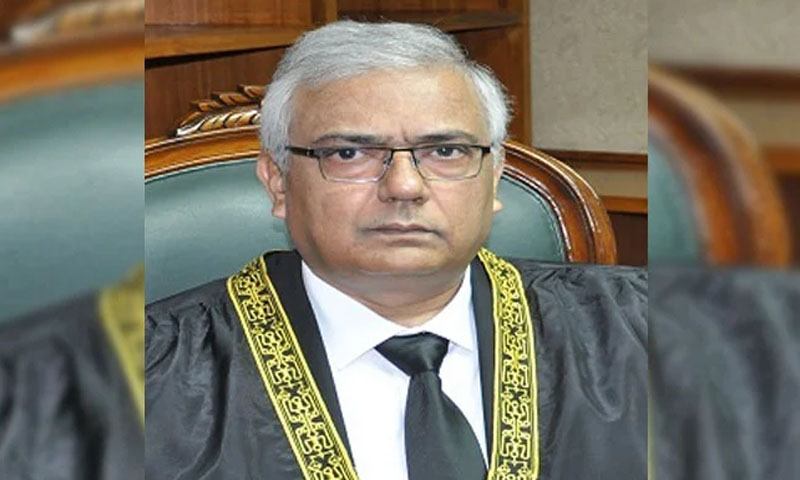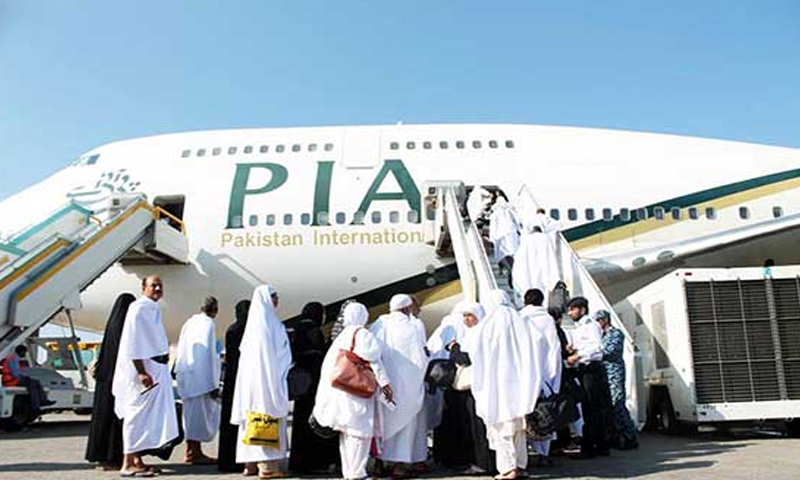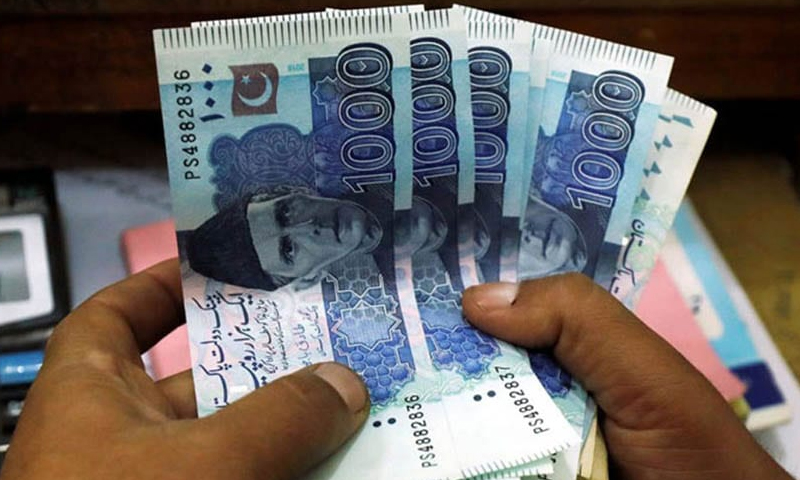- Web Desk
- 4 Hours ago
Evacuation orders for Jalalpur Pirwala amid Chenab, Sutlej threat
-
- Web Desk
- Sep 07, 2025

ISLAMABAD: Heavy downpours in the areas already devastated by Punjab worsened the state of affairs on Sunday as the region between Trimmu and Panjnad remained critical with the Chenab River in exceptionally high flood at the latter, resulting in an immediate threat to Jalalpur Pirwala city.
But it isn’t just Chenab with Sutlej — the longest of Punjab’s five rivers — was also exceptionally in exceptionally high flood at Ganda Singh Wala.
In southern Punjab, authorities urged the citizens through announcements in mosques to leave Jalalpur Pirwala city amid fast-approaching floodwaters, as there was a grave danger that the last main protective levee would possibly be washed away.
It means the protective levees washed away by floodwaters as well as planned breaches by the authorities could only reduce the flood pressure in the overflowing Chenab which has made thousands of people homeless in Chiniot, Jhang and Multan.
However, the government succeeded in protecting the Multan city from raging waters through breaches at selected points.
Waterflow was increasing at Ganda Singh Wala after India yet again informed Pakistan through diplomatic channels about releasing more water.
The latest water release came into effect at 8am on Sunday. With the distance between Harike and Ganda Singh Wala around 47 kilometres, the effects of latest water discharge were visible as the water level at the latter.
That’s why the Provincial Disaster Management Authority (PDMA) warned that the low-lying areas would be affected by this latest flood surge in Sutlej — a river that has already inundated thousands of acres of farmland as well as villages and settlements.
MORE RAINS, MORE MISERIES
Sunday also saw more heavy rains in central and southern Punjab as low-pressure system was approaching the eastern Pakistan.
The result was heavy rains in Faisalabad, Jhang, Sahiwal, Multan, Bahawalpur, Dera Ghazi Khan and other areas.
However, the system also produced downpours with strong winds and thunder in upper Punjab, including Gujrat, a city where streets are still submerged a record-breaking 506mm rain earlier this week.
Read more: Monsoon low from India to hit eastern Punjab, Sindh
Meanwhile, rains also lashed Jhelum, Mianwali, Rawalpindi, Attock and Islamabad.
Lack of proper sewerage system in the hometown of Chaudhary Parvez Elahi, who served as chief minister twice, meant that the city could not coup with the rain which continued for 16 hours. Meanwhile, the overflowing nullahs and drains complicated the problem, which did not have any room for additional water.
Meanwhile, the monsoon system would mainly affect Sindh, parts of Balochistan and southern Punjab.
The National Disaster Management Authority (NDMA) on Sunday warned. “From September 7 to 10, extremely heavy rainfall is expected in some areas of southeastern Sindh, which may lead to urban flooding in the low-lying coastal districts.”
It added that the heavy rains might also produce flash flooding in the streams and rivers of the Kirthar Range, as well as in Lasbela and Khuzdar in Balochistan.
“Rainfall is also expected at a few places in the Koh-e-Sulaiman and southern Punjab.”
Meanwhile, the rainy spell coincides with the maximum flood surge approaching Guddu in Sindh on September 9 and 10.
However, the province of Sindh has seemingly missed the worst-case scenario, if the monsoon rains do not reach an alarming level like they did in 2022.
Read more: Guddu may see 1.2m cusecs flood in worst-case scenario
RIVER FLOW
According the Flood Forecasting Division (FFD) data at 4pm, the Sutlej River was in exceptionally high flood at Ganda Singh Wala with a flow of 319,295 cusecs.
In the downstream region, waterflow and Sulemanki and Islam were 135,832 cusecs and 103,465 cusecs respectively.
Meanwhile, Sutlej is witnessing flood at Ganda Singh Wala since August 20, with a peak of 385,569 cusecs on August 29 — a devastating trend for not only Kasur but also all the downstream areas.
That’s why the gushing water washed away several dykes in Pakpattan, Bahawalnagar and Bahawalpur. In Multan, the historic city of Jalalpur Pirwala, also a tehsil as an administrative unit, is experiencing a unique threat because of being vulnerable to not only to Chenab but also Sutlej.
Reason? This area is sandwiched between the two rivers — Chenab in the west and Sutlej in the east.
Moreover, Panjnad is located 25 kilometres from Jalalpur Pirwala, which increases flood threat to the area.
PANJNAD
On Saturday, a boat capsized in the Jalalpur Pirwala area as the rescuers were trying to shift 20 people to safety. Authorities managed to save 14 of them, but six of them lost their lives.
Sutlej meets Chenab meet near Uch Sharif in Muzaffargarh at Panjnad to form the Panjnad River.
The 71 kilometres long river — given the name because of Panj (five) nad (rivers) — joins the Indus River at Kot Mithan.
In the case of Ravi, water was rising at Sidhnai with the river flow recorded at 104,467 cusecs and rising while representing a very high flood.
By 8pm, Ravi was witnessing a flow of 112,984 cusecs at Sidhnai with the water level increasing.
Further north, the Ravi River was also in very high flood at Balloki with a flow of 145,970 that dropped a bit to 143,590 cusecs by 8pm.
However, it was high flood in Shahdara and low flood at Jassar.
But Chenab was in very high flood — 598,998 cusecs — at Panjnad and also at Trimmu — 543,579 cusecs.
However, the Chenab River later reached exceptionally high flood level with a flow of 609,664 cusecs by 8pm.
In upstream of Trimmu, the river was in normal flow at Chiniot, and in low flood at Qadirabad and Khanki. At Marala, Chenab was flowing normally.
Further down at Guddu, the waterflow had been on the rise in Indus River, with the latest reading of 401,352 cusecs at 8pm.





